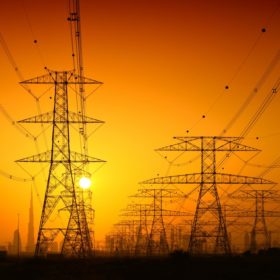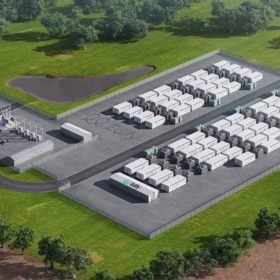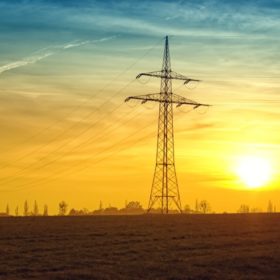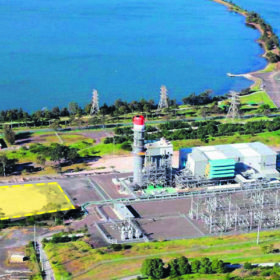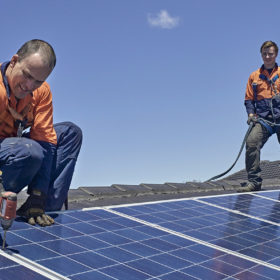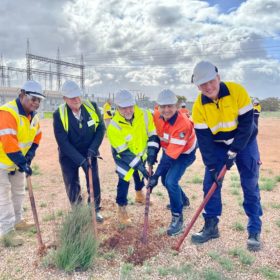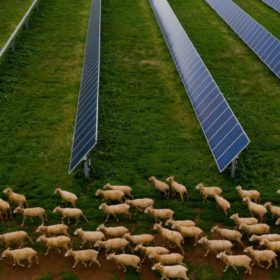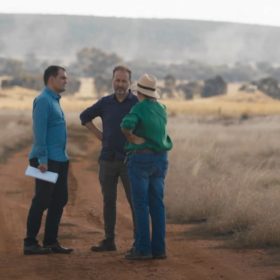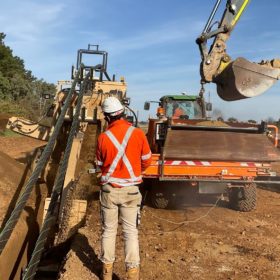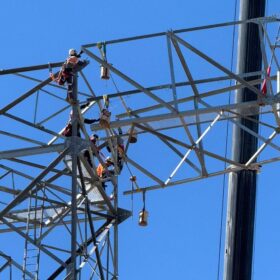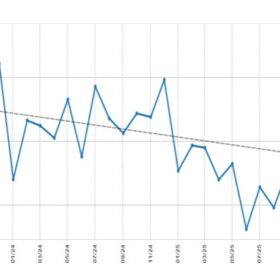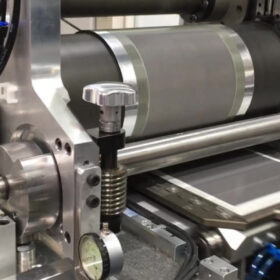BREAKING: AEMO suspends spot market in all eastern states
The Australian Energy Market Operator (AEMO) this afternoon suspended the electricity wholesale spot market in all five of the participating National Electricity Market states, saying it has become “impossible” to operate.
NSW installer’s solar inquiries surge as one in two ask after batteries
Sydney-based solar company Solaray Energy says its inquiries have doubled since the federal election, rebounding back to the record demand seen in 2020 ad 2021. Moreover, the company’s director and co-founder Jonathan Fisk says interest in batteries is “making solar fly,” with half of the potential new customers looking to add storage.
Edify secures financing for series of grid forming batteries in NSW
Edify Energy has completed the financing for its grid forming 150 MW / 300 MWh battery energy storage system. The system will be made up of three separate batteries in the Riverina region of NSW which have gained approval to operate in ‘virtual synchronous generator’ mode.
NSW announces $1.2 billion investment in renewable energy
The New South Wales government has announced its single biggest investment yet in renewable energy infrastructure, committing $1.2 billion to fast-track priority transmission and energy storage projects as the energy sector continues its rapid transformation towards a decarbonised and decentralised future.
NSW calls for investor interest in Illawarra energy zone
The New South Wales government has invited registrations of interest from renewable generators, energy storage and network developers, and existing and proposed energy loads, to participate in shaping a renewable energy zone to be established in the Illawarra region on the state’s south coast.
NSW rolls out residential solar program for estimated 1 million homes
About 1 million New South Wales households will be able to apply for an upfront payment of almost $3,000 to put towards a solar system or energy-saving upgrades to home appliances as part of a new state government program designed to reduce energy bills as power prices soar.
Transgrid announces milestone for $2.3bn interstate transmission project
New South Wales transmission network owner Transgrid has commenced construction on its section of the $2.3 billion Project EnergyConnect, the high-voltage electricity transmission interconnector that will link power grids across three states, unlocking gigawatts of planned renewable energy projects.
Graziers in NSW agrisolar trial report improved wool quality
With over a dozen solar farms colocated with grazing sheep in Australia, results are looking positive. Graziers in New South Wales are reporting improved wool quality from the agrivoltaics trials, with some even saying they’ve had greater wool yields from running less sheep.
Developers launch crowd-funding campaign to finance NSW solar farm
Community solar developer Komo Energy is describing it as an “Australian first” after launching a crowd equity funding campaign to help finance the construction of the planned 1.7MW battery ready Grong Grong Solar Farm being developed in the Riverina region of New South Wales.
ACEN commences construction of New England big battery
The Australian arm of Philippines-based clean energy company AC Energy has commenced construction of a 50MW/50MWh battery energy storage system that will be connected to its 720MW New England Solar Farm being developed near Uralla in northern New South Wales.
